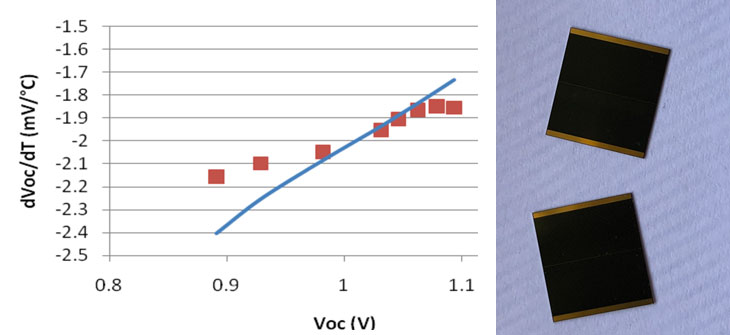GaAs has excellent conductivity mobility, low dislocation, large band gap and semi insulating properties. It is a second-generation semiconductor material with important application value. It is widely used as an excellent substrate for quantum dot growth. The realization of high-performance quantum devices depends on the design of surface quantum dot nucleation position and controllable processing, A variety of technologies for processing GaAs substrate patterns have been developed at home and abroad, mainly involving lithography, nano imprinting and focused ion beam. However, the above methods have their own limitations. The processing process will damage GaAs in varying degrees, resulting in the degradation of substrate quality and device performance. Friction induced nano processing technology provides a new way for nano processing of GaAs surface, It can realize the nondestructive machining of the nucleation position of quantum dots on the surface of GaAs.

The effects of different humidity and etching speed on gallium arsenide surface friction induced direct machining were investigated. The surface friction induced selective etching characteristics of gallium arsenide at different temperatures were investigated. The structure of gallium arsenide surface machining region was characterized by means of X-ray photoelectron spectroscopy (XPS) and transmission electron microscope (TEM), The related processing mechanism is described.
(1) the influence law of speed and humidity on tribochemical removal of gallium arsenide surface is revealed.
(2) the mechanism of tribochemical removal of gallium arsenide surface by engraving speed and environmental humidity is clarified.
(3) the influence mechanism of temperature on gallium arsenide surface friction induced selective etching is revealed.The gallium arsenide surface is selectively etched by h2so4-h2o2 solution at different temperatures.
GaAs surface at different temperatures provides a useful reference for the processing of high aspect ratio structures on GaAs surface.This study not only helps to further enrich the basic knowledge of nano tribology, but also helps to promote the application of friction induced nano processing technology in quantum device processing.